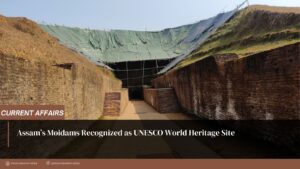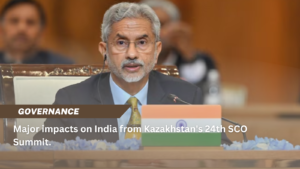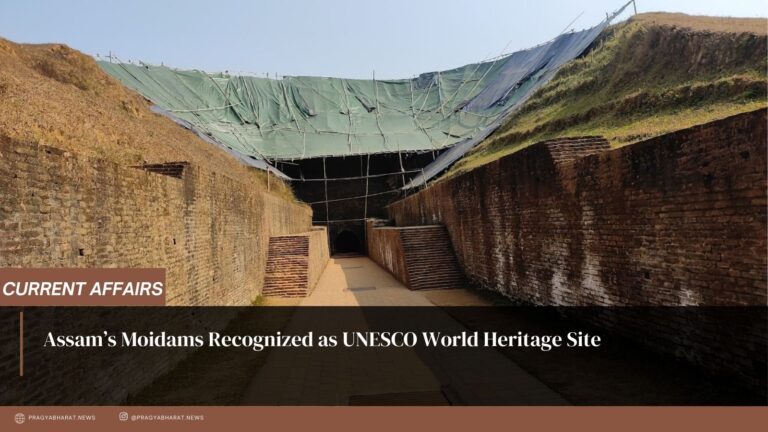The Archaeological Survey of India (ASI) has invoked Section 35 of the AMASR Act to delist 18 Centrally Protected Monuments (CPMs), including Kos Minar No.13 and Gunner Burkill’s Tomb. Critics raise concerns over the preservation of these culturally significant landmarks amid urbanization.
The Archaeological Survey of India (ASI) has declared its intention to delist 18 Centrally Protected Monuments (CPMs) around the nation, a decision that has provoked intense discussion and apprehension among historians and environmental advocates.
According to the ASI, these sites are no longer of national significance, citing Section 35 of the Ancient sites and Archaeological Sites and Remains Act, 1958 (AMASR Act). This judgment effectively removes these culturally significant monuments off the ASI’s list of sites to be saved, protected, and maintained, leaving many wondering what will become of them. The AMASR Act mandates that the ASI preserve and manage Monuments of National Importance (MNIs), which are important historical and cultural locations. To safeguard the preservation of these protected places, all construction-related activity is strictly forbidden.
Of the 3,693 CPMs, the Ministry of Culture has discovered 24 untraceable monuments, including the 18 that are scheduled for delisting. A monument that is lost due to urbanization and encroachment and for which there is no public memory still exists is known as an untraceable monument.
Gunner Burkill’s Tomb in Jhansi, Barakhamba Cemetery in Delhi, Kos Minar No. 13 in Haryana, and the Telia Nala Buddhist ruins in Varanasi are only a few of the famous sites impacted by this judgment. Heritage enthusiasts and environmentalists are concerned that the delisting of these monuments could result in their further degradation and eventual disappearance, which has prompted the ASI’s intervention. Opponents argue that in order for future generations to enjoy and benefit from these sites, they must be preserved since they are important historically and culturally.
The choice to remove these sites from the list highlights the difficulties authorities have in striking a balance between the preservation of cultural assets and other urgent demands, such as urban growth. As conversations about the fate of these landmarks continue, stakeholders stress the necessity of conserving India’s rich cultural heritage for future generations.


















+ There are no comments
Add yours